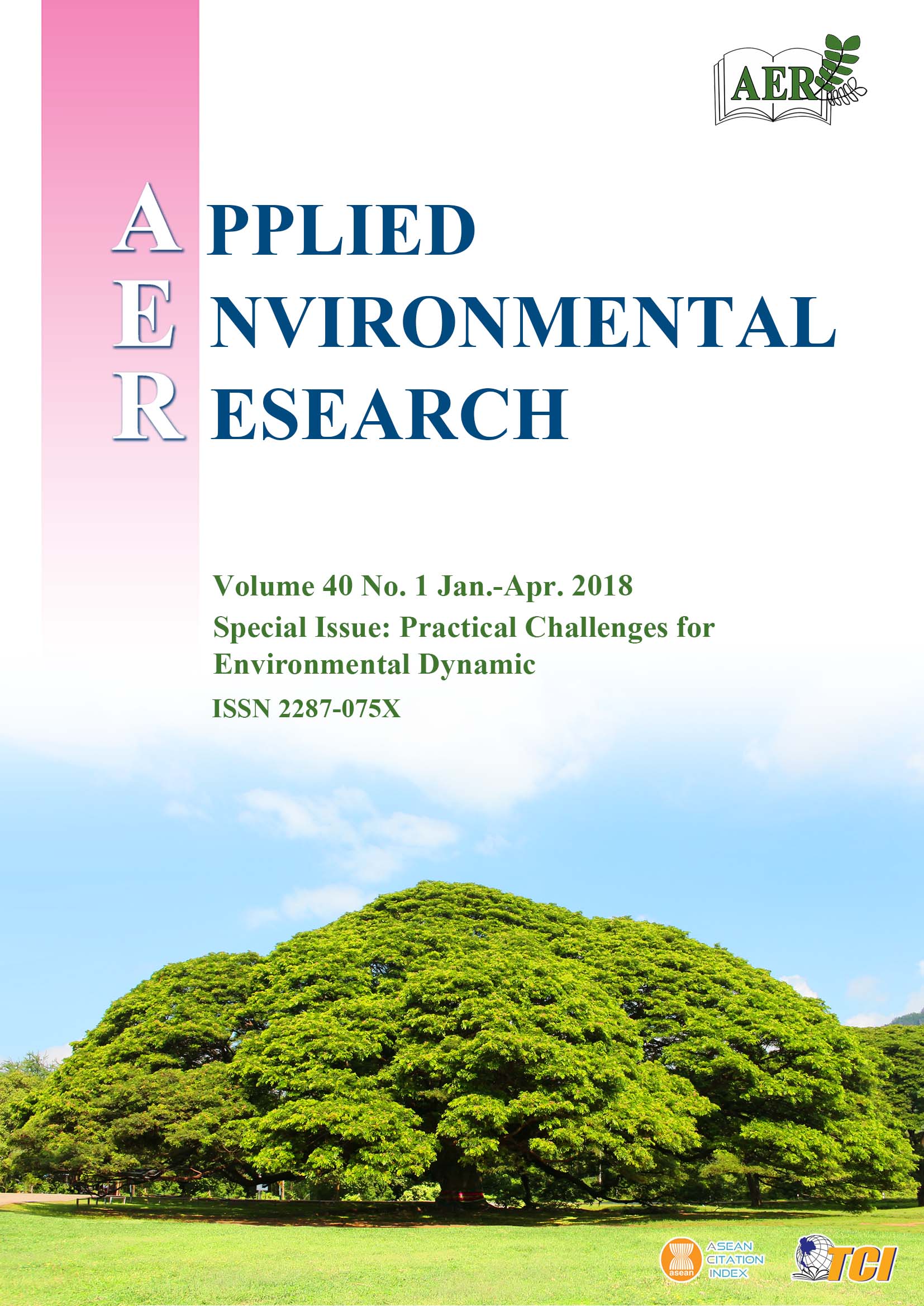Morphometric Temporal Change Analysis for the River Nile Forced Bends using RS/GIS Techniques: Case Study of Damietta Branch of the Nile River, Egypt
Main Article Content
Abstract
The River Nile is one of the world’s longest rivers. The Damietta branch in Egypt is important as a major source of irrigation and navigation path from Cairo to the Mediterranean Sea. Morphological changes in this branch of the Nile occurred following construction of the Aswan High Dam, which affected sedimentation and erosive flow, especially at bends in the river. In this study, morphometric temporal changes were investigated for the forced bends using Remote Sensing (RS) and Geographical Information System (GIS) techniques for a study period between 1987 and 2015. In addition, a comparative study was performed among three image classification techniques; onscreen digitizing, maximum likelihood classification and histogram thresholding techniques. A field map of the river banks for the year 2000 was used to verify morphometric behavior of the forced bends extracted from the satellite images. The study showed that the maximum likelihood classification technique showed good performance in shoreline detection, with percentage error of only 0.42 % compared with observed data. Results show significant morphometric changes of the bank status for the forced bends studied. The forced bend named Sherpas was found to have the highest average annual rate of erosion, with a value of 1.62 m a-1. The maximum average annual rate of sedimentation was located at the inner bank of Sawalem forced bend, with a value of 1.0 m a-1. The maximum erosion and sedimentation rates achieved the greatest values within the period 1987 to 1998.
Article Details

This work is licensed under a Creative Commons Attribution-NonCommercial 4.0 International License.
Published articles are under the copyright of the Applied Environmental Research effective when the article is accepted for publication thus granting Applied Environmental Research all rights for the work so that both parties may be protected from the consequences of unauthorized use. Partially or totally publication of an article elsewhere is possible only after the consent from the editors.
